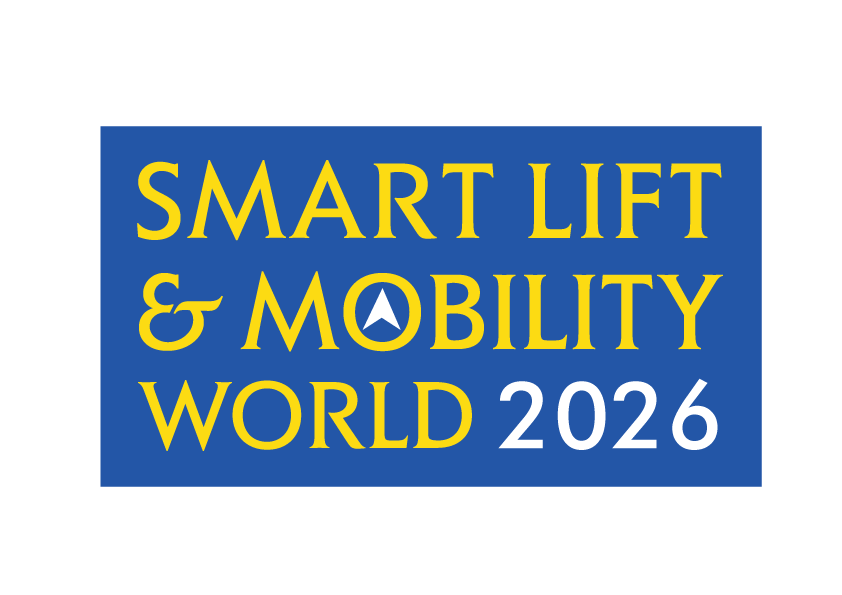Industry Outlook
The building access and people flow management industry has come a long way and evolved with Advanced Intelligent and Smart technology driving it in the last decade. With intelligent buildings on the rise, having ‘smart’ homes, offices, hospitality, shopping, leisure and even parking spaces is rapidly becoming a given. The resultant digital transformation has brought enormous innovation and integration of various systems, making access & people flow management a seamless experience and setting trends in the way people move in buildings.

Today, customers and users expect new generation products equipped with innovative smart technologies that offer enhanced convenience, safety, energy efficiency, cost-effectiveness, apart from saving on space. Inclusive accessibility, intelligent lifts and mobility options are critical to the success of any commercial or private construction project. Building or facility management industry or even individual buyers are extremely discerning and highly cautious about the equipment’s quality, sustainability and cost while complying with the ever-changing compliance and regulations requirements.
With the changing cityscape, there has been an increased demand for lift and mobility solutions that are more than just mere vertical horizontal transportation systems. It has become crucial to opt for smart lift and mobility solutions that are integrated, sustainable, inclusive and help create easy and safe access for users. Awareness about the smart lift and mobility solutions is increasing worldwide, and according to a recent research, the global smart lift market size, which was at $18.75 billion USD in 2019, is projected to reach $38.27 billion USD by 2027. India is the second largest consumer of vertical horizontal transportation (VHT) systems in the world and is one of the key emerging economies in the Asia-Pacific region in the smart elevators market, owing to tremendous growth in the infrastructure and government policies that encourage sustainable and inclusive solutions to ensure that we create a minimal footprint on the ecology while catering to the needs of the specially-abled.
Accessibility and Inclusivity
Thrust to making inclusiveness a part of every activity is gaining momentum with India ratifying the United Nation’s Convention on Rights of Persons with Disability and the Rights of persons with Disability Act 2016 coming into force on 19.04.2019. Town and Country Planning organization under the Ministry of Housing and Urban affairs has issued the Harmonized Guidelines and Space Standards for barrier Free Built Environment for Persons with Disability and Elderly Persons.
A big revision to the lift standards based on ISO 8100-part 1 and ISO 8100-part 2 is taking place, which will open the possibility of using state-of-the-art technology Programmable Electronic Systems in Safety Related Application for Lifts (PESSRAL) in the control of lift operations, which is expected to increase the reliability, and reduce production and maintenance costs. The revision document based on ISO 8100-1 standard introduces some changes to the requirements applicable to the lift shaft that the building designer is required to fulfill.
Going forward, these aspects will be constantly redefining the Vertical and Horizontal Transportation (VHT) industry in India and the initial impact is already visible. The need of the hour, therefore, is a focused platform, which addresses the changing paradigm and presents every relevant facet of these new-age game changers with a single-point interface.
